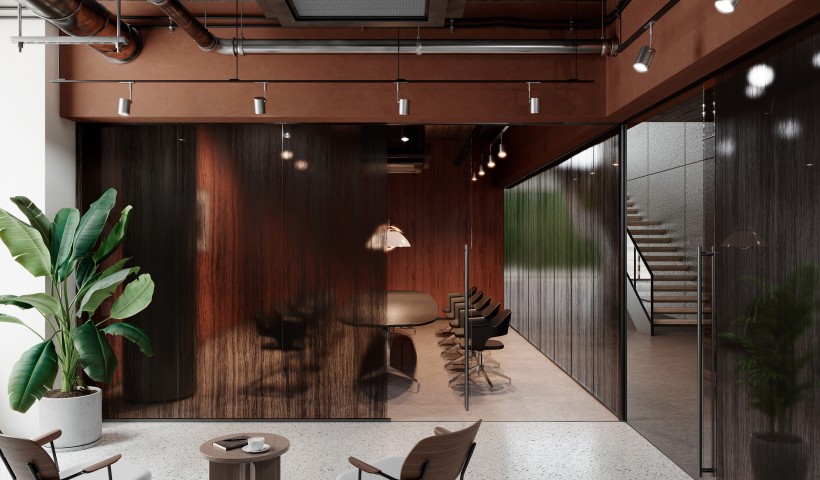
Historically residential buildings in New Zealand of lightweight wall construction have been built using a combination of timber frames with a flexible wall underlay or 'building wrap' behind the exterior cladding, which is directly fixed to the frame. The flexible wall underlay if installed correctly, provides a secondary barrier or defence against water (weather-resistive barrier or WRB), preventing damage to the framing and unhealthy levels of moisture vapour and condensation within the building.
The use of direct fixed cladding has limited ability to manage water that inadvertently finds its way behind the primary cladding, so great care is required during installation to avoid ingress of water through the primary cladding. Poorly installed flexible underlays or insufficient durability of the underlay can result in water damage to the frame and elements within the wall.
Separation of the underlay and frame from the primary cladding using a batten of >20mm thickness to create a ventilated cavity between the WRB and exterior cladding increases the probability that the wall behind the cladding will remain dry.
Rigid wall underlays (also known as rigid air barriers) with a cavity have become an increasingly popular alternative to flexible underlays, particularly in high-risk buildings. NZBC Acceptable Solution E2/AS1, Section 3 (Table 3) describes the types of cladding and design that may be installed as a function of the building risk level. Rigid wall underlays with a cavity are more robust and provide a solid substrate for the installation of flashing tape to window and door openings and exterior penetrations. They can also act as a temporary cladding prior to the installation of the exterior cladding, allowing interior work to continue, prior to final enclosure.
For rigid wall underlays to function as a WRB, sealing of the joints and flashing the rigid wall underlay to window and door openings is required. This can be achieved with liquid sealants or through pressure sensitive adhesive (PSA) flashing and seaming tapes. For a long time, builders have had a love/hate relationship with these 'Peel and Stick' flashing and seaming tapes. While self-adhesive tapes solve many sealing problems, use of lower quality seaming tapes or tapes that are not appropriate for the surface being adhered to can cause issues such as peeling off difficult or porous surfaces the day after installation — or worse, after building completion. If this occurs, the secondary moisture defence system is compromised.
Not all tapes are created equal, and the key difference is the technology and quality behind the PSA and the resilience of the backing material.
3M has been developing pressure-sensitive adhesives for 93 years and are market leaders of acrylic PSAs, with well-known innovations such as 3M VHB foam acrylic tapes, which routinely replace mechanical fasteners, and even hold insulated glass units in mid and high-rise buildings for the entire life of the building.
3M All Weather Flashing Tape 8067 is a prudent choice for rigid air barrier seaming and flashing due to its superior high-tack, solid acrylic pressure sensitive adhesive. The adhesive bonds to almost any building substrate, including all of the common rigid air barrier materials, such as raw or coated fibre cement, plywood, oriented strand board (OSB) and gypsum-based sheathing — all without the need for primers. Featuring an extremely aggressive adhesive, and super stretchy backing, permanent sealing can be achieved on a range of joints and wall penetrations. No other flashing tape can match the 3M 8067 All Weather Flashing Tape’s range of performance:
- View video on 3M All Weather Flashing Tape's adhesive
- View video on 3M All Weather Flashing Tape's puncture resistance
- View video on 3M All Weather Flashing Tape's resilience in extreme temperatures
The durability of 3M All Weather Flashing Tape 8067 is assured for Rigid Air Barrier cladding applications, with extensive testing and a BRANZ appraisal, meeting the requirements of NZBC Clause B2.3.1 (b), and additional testing to demonstrate B2.3.1 (a).
Additionally, 3M 8067 as part of the 3M Air Barrier range, has superior compatibility with other sealants and membranes, including bitumen-based membranes — without the need for material separation.













 Case Studies
Case Studies








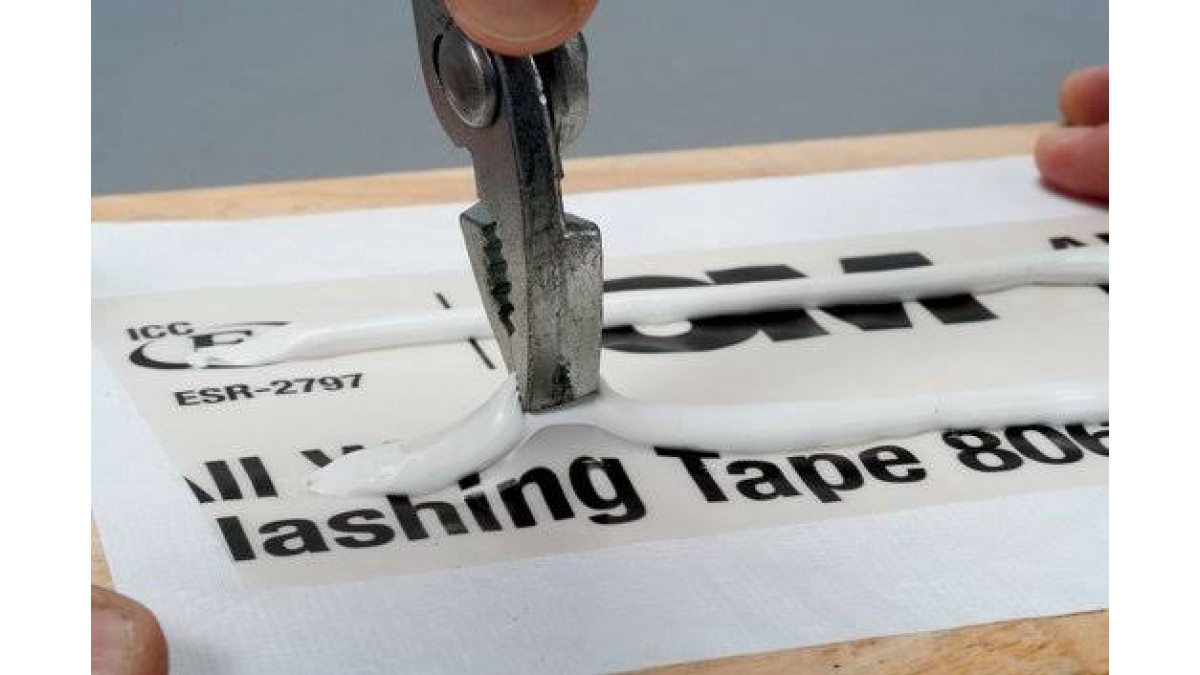
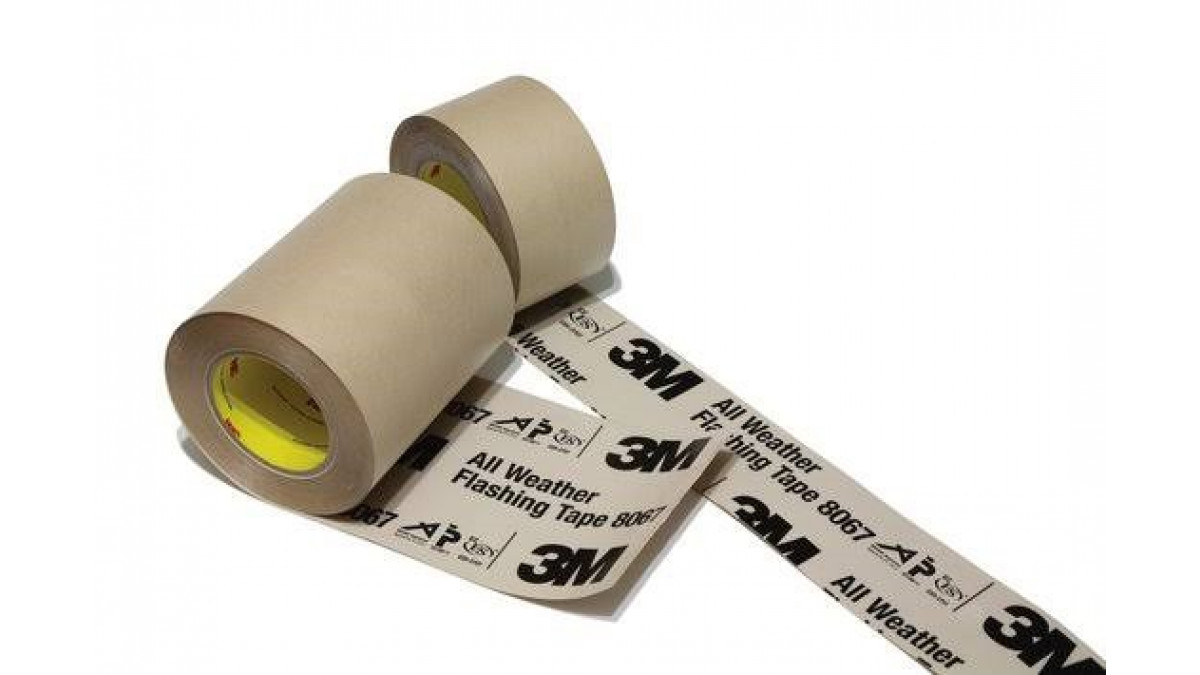


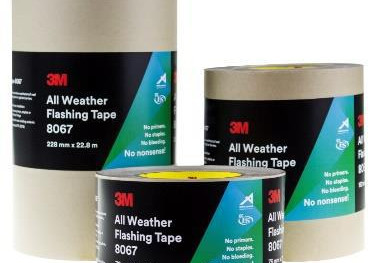

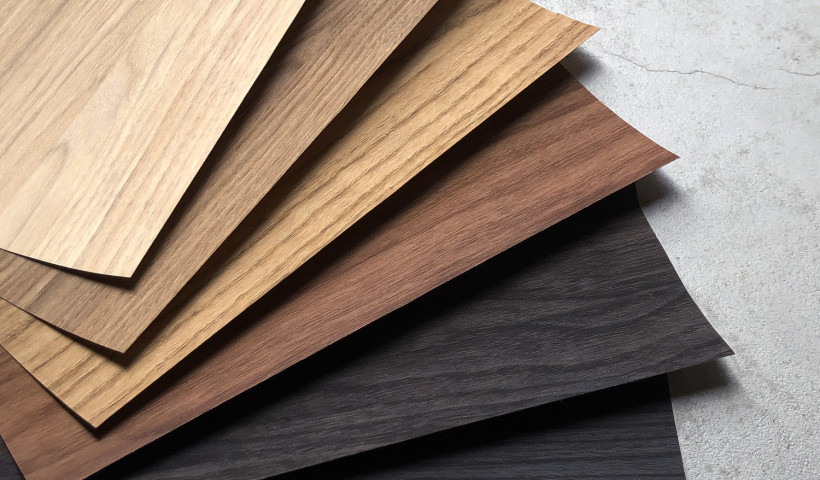
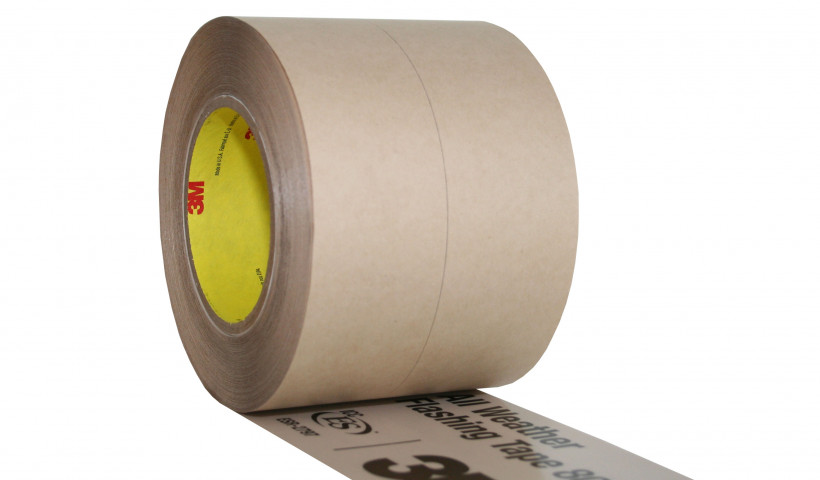
 Popular Products from 3M
Popular Products from 3M


 Most Popular
Most Popular


 Popular Blog Posts
Popular Blog Posts